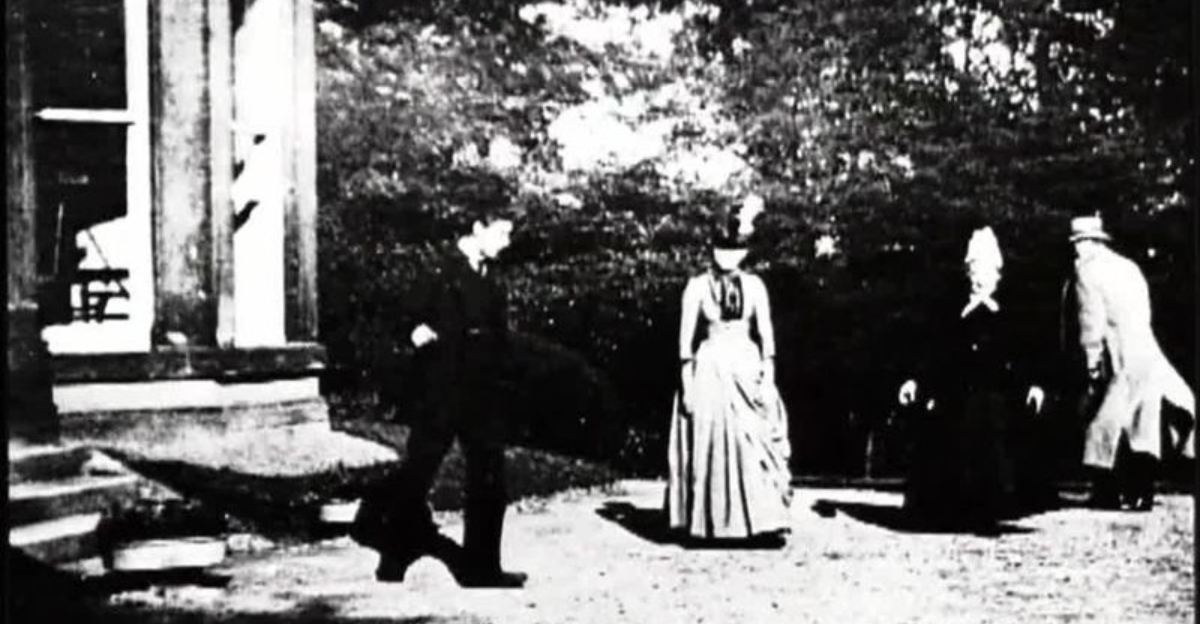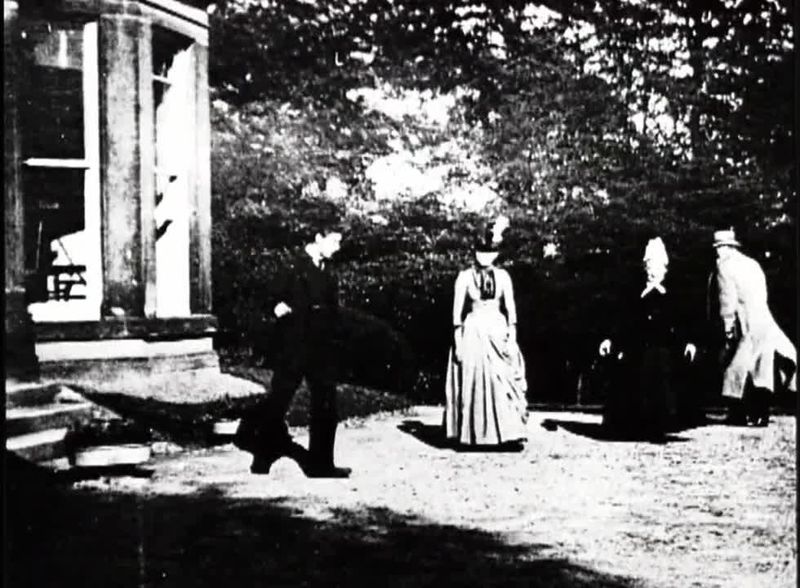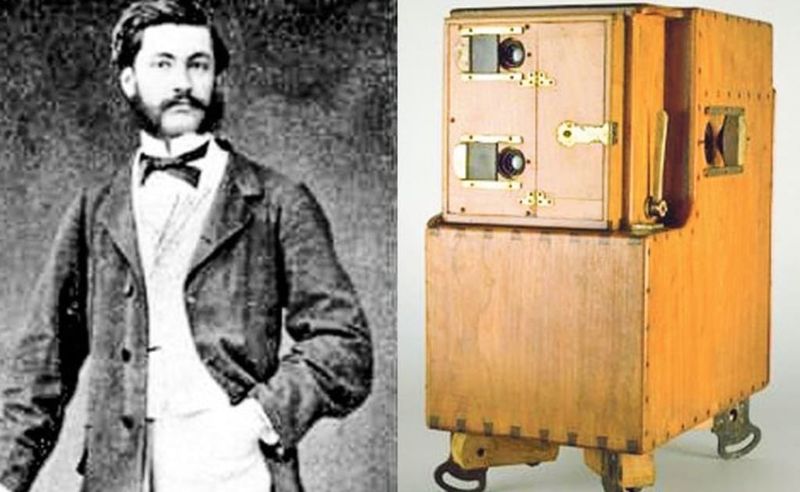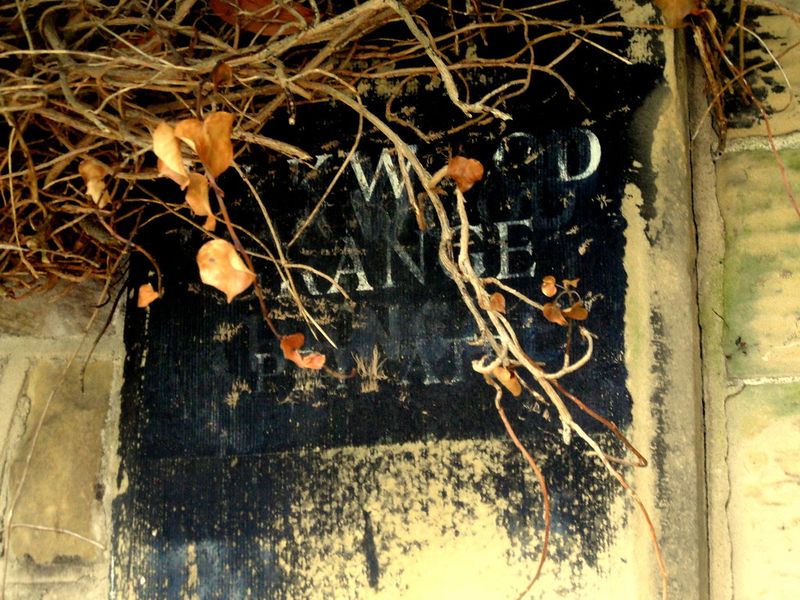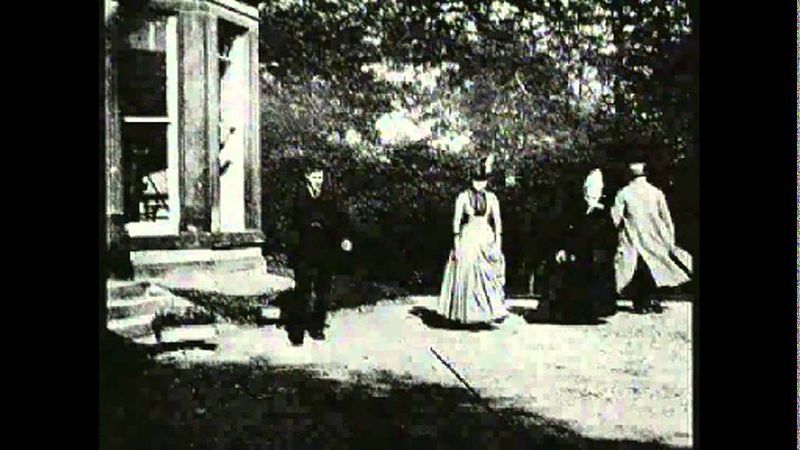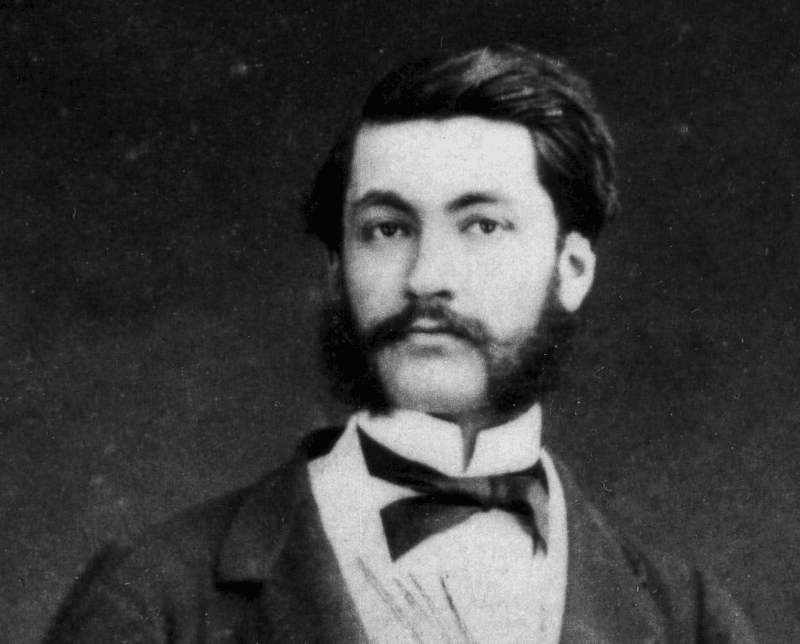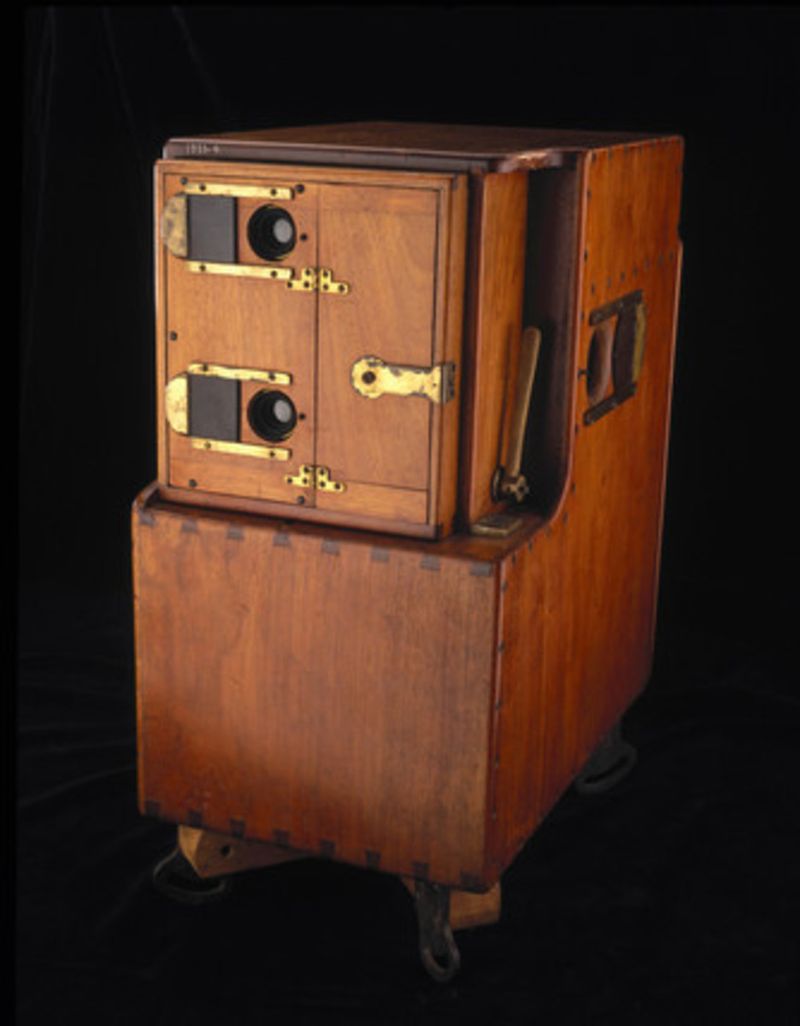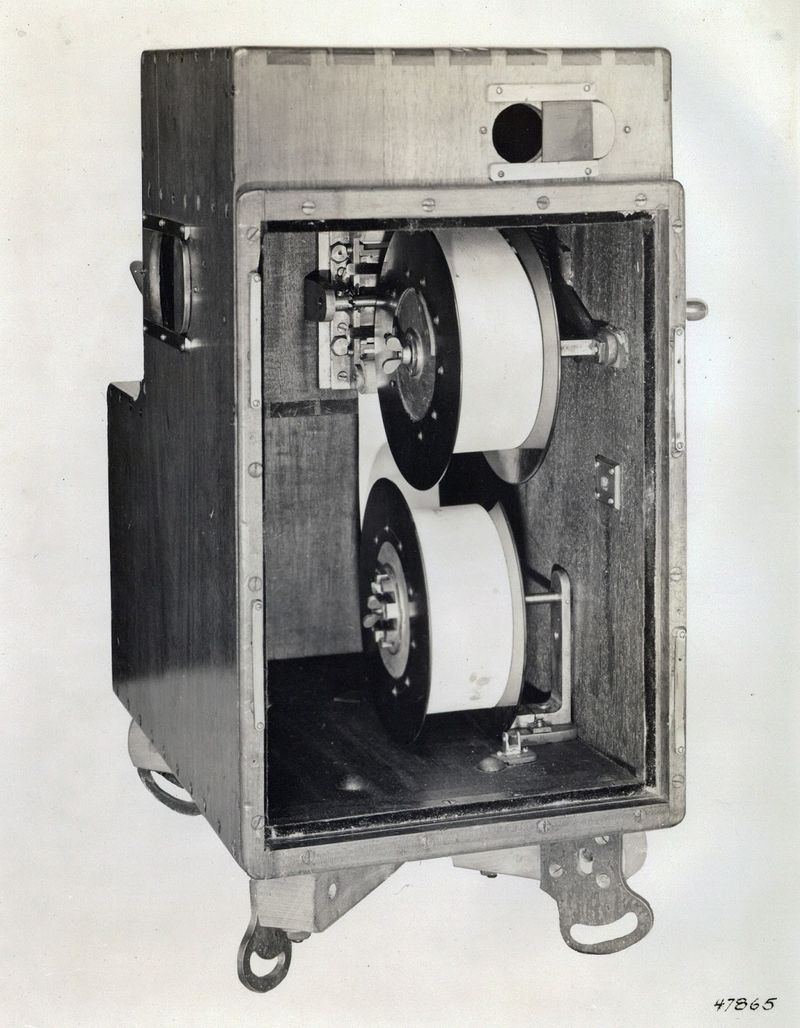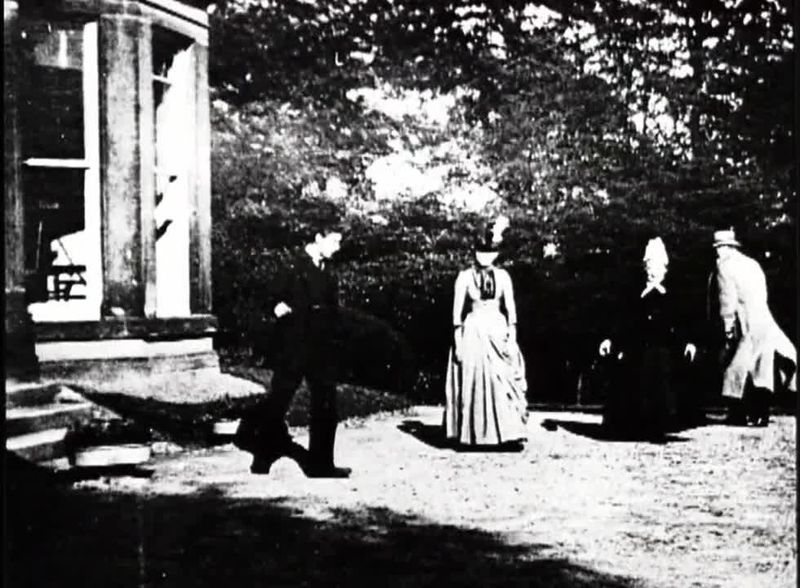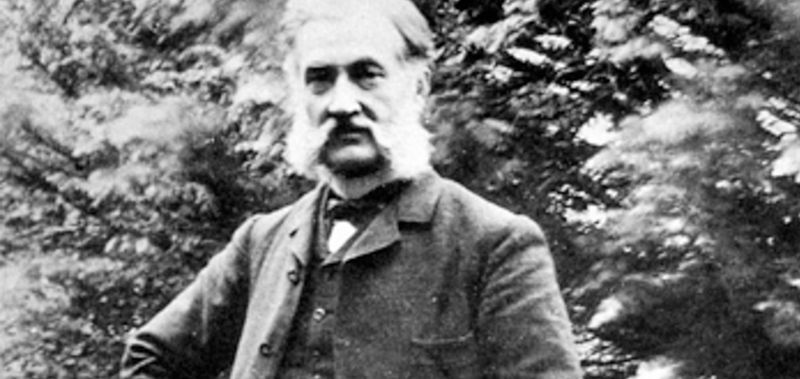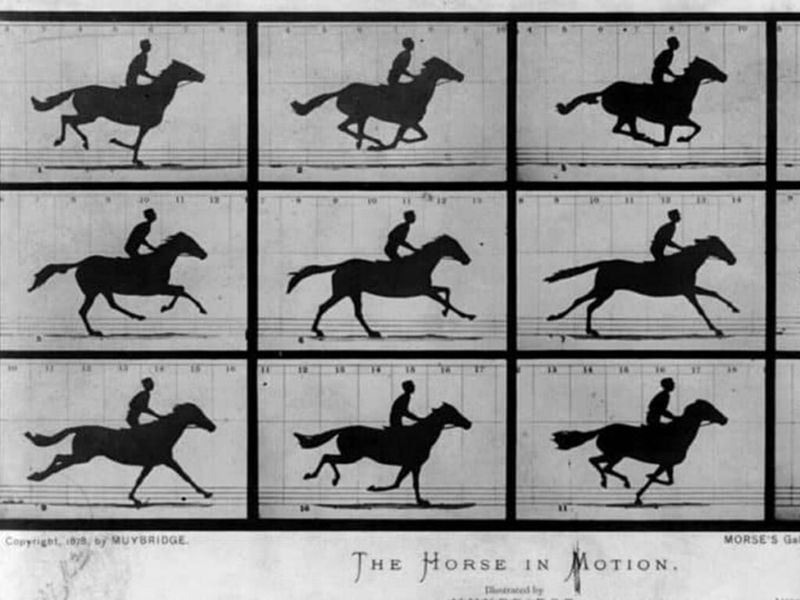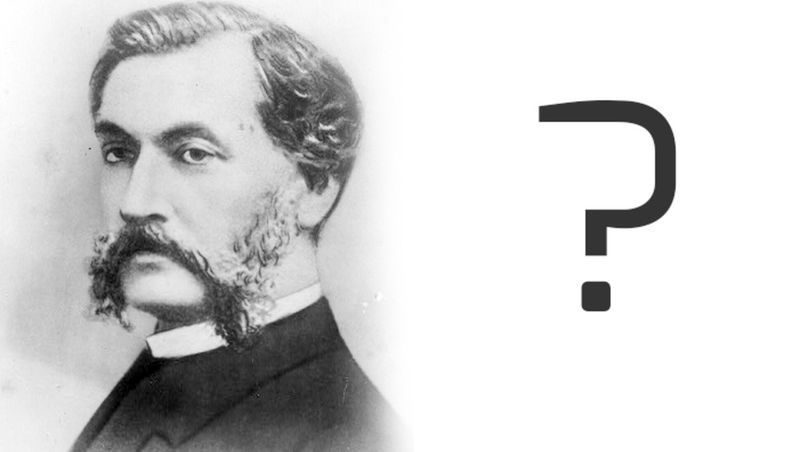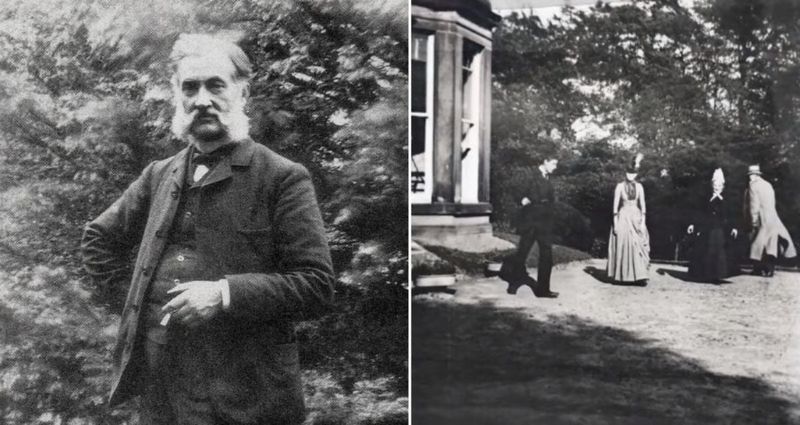Before blockbusters and streaming services, cinema had humble beginnings with a short film called Roundhay Garden Scene. This groundbreaking moment in 1888 marked humanity’s first successful attempt to capture movement on film. Though lasting less than two seconds, this tiny snippet of footage revolutionized visual storytelling and launched an art form that would eventually captivate billions worldwide.
1. Just 1.66 Seconds of Revolutionary Footage
Blink and you’d miss it entirely! Roundhay Garden Scene consists of merely 12 frames played in sequence, creating what many historians consider the world’s first true motion picture. The brevity seems almost comical by today’s standards.
Yet this fleeting moment fundamentally changed how humans would document reality forever. The participants simply walked in a circle, their movements jerky by modern standards but absolutely miraculous to 19th-century eyes.
No plot, no dialogue, no special effects—just people moving naturally in sunlight, preserved for eternity through chemical reactions and mechanical ingenuity.
2. Louis Le Prince: The Forgotten Pioneer
History often celebrates Edison and the Lumière brothers, but Louis Le Prince deserves the crown of cinema’s true father. A French inventor with artistic sensibilities, Le Prince created the single-lens camera that captured the world’s first moving images.
After years of experimentation, he perfected a device that could record sequential frames on paper-based film. His background in painting and chemistry uniquely positioned him to solve the technical challenges of motion photography.
Had fate been kinder, his name might have become as recognizable as Hollywood itself.
3. The Garden That Launched Cinema
Oakwood Grange wasn’t chosen for its cinematic beauty. Le Prince selected his in-laws’ garden in Leeds, England, for purely practical reasons—good natural lighting and convenient access.
The leafy backdrop provided sufficient contrast for his experimental camera to capture movement. This unassuming patch of greenery in Yorkshire unknowingly became the birthplace of an art form that would eventually employ millions worldwide.
Today, cinema buffs occasionally make pilgrimages to the site, though the original house was demolished in 1903 and replaced with modern homes.
4. Sarah Whitley: First Person Ever Filmed
At 63 years old, Sarah Whitley unknowingly made history as the first human being whose movements were captured on film. Le Prince’s mother-in-law appears prominently in the foreground, walking slowly in her Victorian dress.
Eerily, she passed away just ten days after filming, giving her brief appearance an unintended poignancy. Her fleeting movements represent the first time human motion was preserved beyond death.
While Hollywood would later immortalize glamorous stars, cinema’s first performer was simply an elderly woman enjoying an autumn stroll in her family garden.
5. Joseph Whitley: Cinema’s First Elderly Actor
Joseph Whitley never dreamed of becoming an actor, yet at 79 years old, he became cinema’s first elderly performer. Le Prince’s father-in-law appears slightly stooped but dignified in his formal Victorian attire.
A successful businessman in the Leeds leather industry, Joseph had no idea his casual garden stroll would be studied by film historians over a century later. His participation created the first visual record of elderly movement in cinema history.
His presence reminds us that film began not with scripted performances but with ordinary people simply being themselves.
6. Adolphe Le Prince: The First Child Actor
Ten-year-old Adolphe had no idea he was making history while playing in his grandparents’ garden. The inventor’s son became cinema’s first child performer, visible at the far edge of the frame walking alongside the adults.
Tragically, Adolphe’s life would later be defined by his father’s mysterious disappearance. He spent decades trying to secure his father’s place in film history, fighting against powerful competitors like Thomas Edison.
His childhood appearance in those fleeting frames connects him to every child actor who would follow in the century to come.
7. Harriet Hartley: The Mysterious Fourth Walker
Among the four people captured in history’s first film, Harriet Hartley remains the most enigmatic. Believed to be in her twenties and either a family friend or relative of the Whitleys, she appears briefly in the background.
Historical records tell us little about her life or connection to cinema’s pioneering family. Yet her presence makes her one of film’s first female figures, preceding the glamorous movie stars who would captivate audiences decades later.
Her obscurity reminds us how many contributors to early cinema history remain anonymous despite their groundbreaking participation.
8. The Revolutionary Single-Lens Camera
Le Prince’s camera represented a quantum leap beyond previous attempts at capturing motion. Unlike Muybridge’s famous horse gallop sequence that used multiple cameras triggered in sequence, Le Prince created a true motion picture camera.
His device could capture consecutive images through a single lens onto a moving strip of light-sensitive material. The mechanical challenge was enormous—the film needed to stop precisely for each exposure, then advance quickly to the next frame.
This fundamental concept remains the basis of all motion picture cameras created since, from IMAX to the smartphone in your pocket.
9. Paper Film: The Fragile First Medium
Modern moviemakers would be horrified by the thought of shooting on paper! Yet Le Prince’s groundbreaking footage was captured on Eastman’s paper-based negative stock—the only light-sensitive material available in continuous strips at the time.
This delicate medium required careful processing and transferred the images to more durable celluloid later. The paper’s limitations included high grain, poor light sensitivity, and fragility.
Remarkably, despite these challenges, the images survived long enough to be preserved in more permanent form, allowing us to witness those historic moments over 130 years later.
10. The 12 FPS Standard That Started It All
Every filmmaker knows the importance of frame rate, but few realize that Le Prince’s camera established what would become the first standard. Running at approximately 12 frames per second, his device created the minimum illusion of smooth motion.
This technical achievement required precise calculations and mechanical innovation. While modern films typically run at 24-30 fps, Le Prince’s slower rate still created the magic of movement that astonished Victorian viewers.
The jerky quality we see when watching the footage today reminds us how far cinema technology has advanced from those humble beginnings.
11. Silent Images in Grayscale
Color and sound would take decades to arrive in cinema. Le Prince’s pioneering footage captured only light and shadow, recording the world in monochromatic tones that modern viewers might find eerily ghostlike.
The film relied entirely on natural sunlight, with no artificial lighting or reflectors to enhance visibility. This fundamental limitation shaped early filmmaking aesthetics, forcing directors to emphasize visual contrast and expressive movement.
The silence of these first moving images reminds us how much of cinema’s power lies in pure visual storytelling—a principle still honored by the greatest filmmakers today.
12. Lost and Found: The Film’s Rediscovery
For decades, cinema’s birth certificate lay forgotten in a dusty archive. The Roundhay Garden Scene was presumed lost until the 1930s when researchers examining Le Prince family records made an astonishing discovery.
The surviving frames were identified through careful comparison with Whitley family photographs and Le Prince’s notes. This archaeological moment in film history rescued cinema’s origins from oblivion.
The footage narrowly escaped destruction multiple times, preserved by family members who didn’t fully comprehend its historical significance but maintained it as a personal memento of their inventor relative.
13. The Great Debate: Who Made the First Film?
Film historians have argued for generations about who deserves the title of cinema’s inventor. Muybridge’s 1878 horse sequence used multiple cameras to create moving images, while Edison and the Lumières received more publicity for their later innovations.
Le Prince’s achievement stands apart as the first continuous, single-lens motion picture made specifically to capture everyday movement. The distinction matters because it represents the true birth of the medium as we know it.
This historical debate reflects the often messy reality of invention, where simultaneous discoveries and incremental improvements blur the lines of credit.
14. The Inventor Who Vanished Without a Trace
Cinema’s birth story contains a genuine unsolved mystery. In September 1890, just as he prepared to publicly unveil his invention, Louis Le Prince boarded a train to Paris and disappeared forever.
His body was never found, and theories range from suicide to murder by business rivals. Some historians even suggest Thomas Edison may have been involved, as Le Prince’s patents threatened Edison’s claim to have invented motion pictures.
This disappearance robbed Le Prince of recognition during the critical early years of cinema and added a layer of tragedy to film’s origin story.
15. The Legacy of 1.66 Seconds
Those brief moments in a Leeds garden sparked a global revolution in entertainment, art, and communication. Without plot or dialogue, Roundhay Garden Scene established the fundamental principle that would drive all cinema—capturing reality in motion.
From this seed grew narrative films, documentaries, news reporting, and eventually digital media. The direct line from Le Prince’s experiment to today’s streaming services represents one of humanity’s most rapid technological evolutions.
Every Marvel blockbuster, indie documentary, and TikTok video owes its existence to those first faltering frames shot in 1888.
16. Sarah Whitley’s Unfortunate Record
Sarah Whitley holds a peculiar distinction in film history—she became the first person ever filmed who subsequently died. Her passing just ten days after filming gives the footage an unintended poignancy.
Her brief appearance transformed from family keepsake to historical document overnight. This connection between film and mortality would become a recurring theme throughout cinema history, with film preserving the images of departed performers for future generations.
In a sense, Sarah became cinema’s first ghost—her movements continuing long after her physical form had gone.
17. The Camera That Disappeared
Le Prince’s revolutionary camera vanished along with its inventor. This missing piece of cinema history represents one of film’s greatest lost artifacts.
Engineering diagrams and patent applications provide clues to its design, but the actual device—which would be priceless today—has never been found. Some speculate it was destroyed to eliminate evidence of Le Prince’s achievement by business rivals.
Modern researchers have built replicas based on surviving documentation, proving the genius of Le Prince’s design. These reconstructions demonstrate that his technology worked exactly as claimed, silencing early skeptics who doubted his accomplishment.
